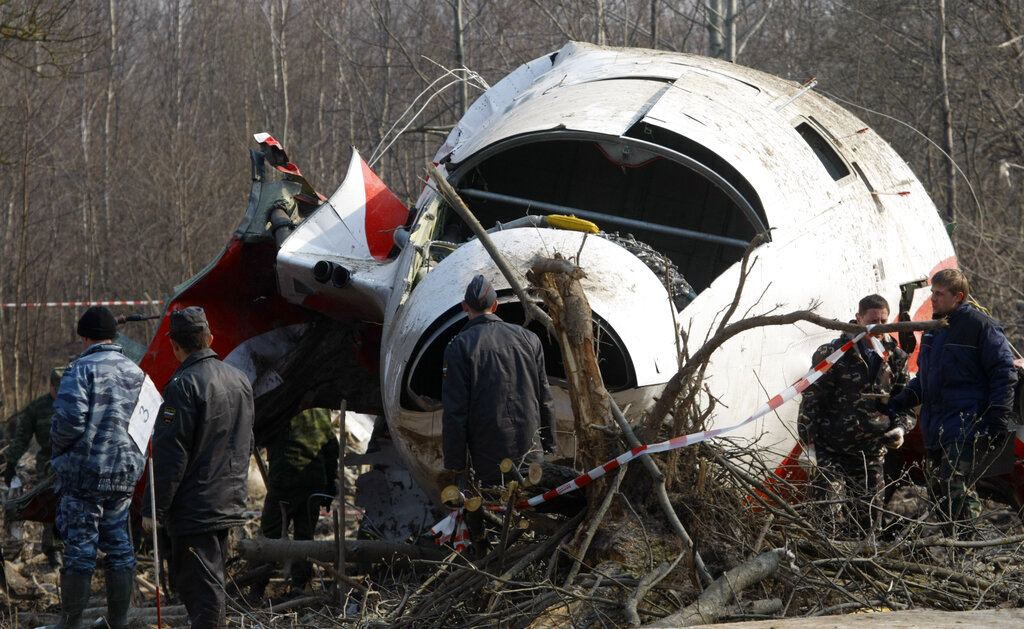The committee investigating the Smolensk air disaster of 2010 has filed evidence with Poland’s public prosecutors showing that the disaster was an assassination.
According to the submission filed by the Smolensk subcommittee, the event on April 10, 2010, was an assassination attempt on the life of Polish President Lech Kaczyński in which 95 other people died . The Tupolew Tu-154M plane crashed in the early morning, packed full of VIPs traveling to commemorate the Katyn massacre committed by the Soviets in the 1940s.
The submission is reportedly 1,500 pages long with 17 annexes, and according to the former defense minister and head of the subcommittee, Antoni Macierewicz, some of the documents submitted have never seen the light of day until now. Speaking on Polish Radio, Macierewicz said the submission includes around 800 pages of detailed analysis of interventions made by Russian security services, which affected Polish media and politics.
He also called for the air disaster to be examined by international bodies, but would not say whether the subcommittee’s submission included a list of those suspected of having carried out or facilitated the assassination.
The last 13 years have seen several investigations into the Smolensk tragedy. The Polish government initially agreed that the crash would be investigated according to an annex of the Chicago Convention, despite the fact that it covers civilian rather than flights with military status, and despite the fact that there was an agreement between Poland and Russia as to how to investigate air disasters involving military aircraft. As a result, the initial investigation was undertaken in parallel by the Russian MAK investigators and by a Polish commission headed by the then minister of the interior.
According to both the MAK and the Polish reports, the crash was caused by the plane becoming unbalanced as a result of contact with trees, and the major cause was therefore pilot error in the approach to the airport at Smolensk. However, the Polish investigators, unlike, MAK, also took issue with Russian air traffic controllers at Smolensk for having failed to guide the plane adequately in difficult foggy weather conditions.
Antoni Macierewicz and a team of investigators have challenged these findings and attempted to demonstrate that there was an explosion on one of the plane’s wings before it hit the trees. The subcommittee submitted its final report on the crash last April.
The Polish prosecution service has been investigating the crash for the past 13 years for evidence of foul play, but as a result of a lack of cooperation from the Russian side, which has, for example, refused to return the wreckage of the plane, the prosecutors do not feel able to close the investigation. Despite rumors, no evidence of explosives having been found on the wreckage, nor have the exhumations of dozens of the victims produced any evidence of explosives on their remains.
Some government officials have been charged with negligence regarding the organization of the flight, and there have been accusations leveled at the previous liberal government that it colluded with the Russians. Just a few days before Lech Kaczyński and his entourage flew to Smolensk, Vladimir Putin had invited then-Polish Prime Minister Donald Tusk to a Katyn commemoration organized by the Russians.
However, President Kaczyński was not invited and therefore proceeded with longstanding plans for a Polish delegation to visit on the fateful day of April 10, 2010.






